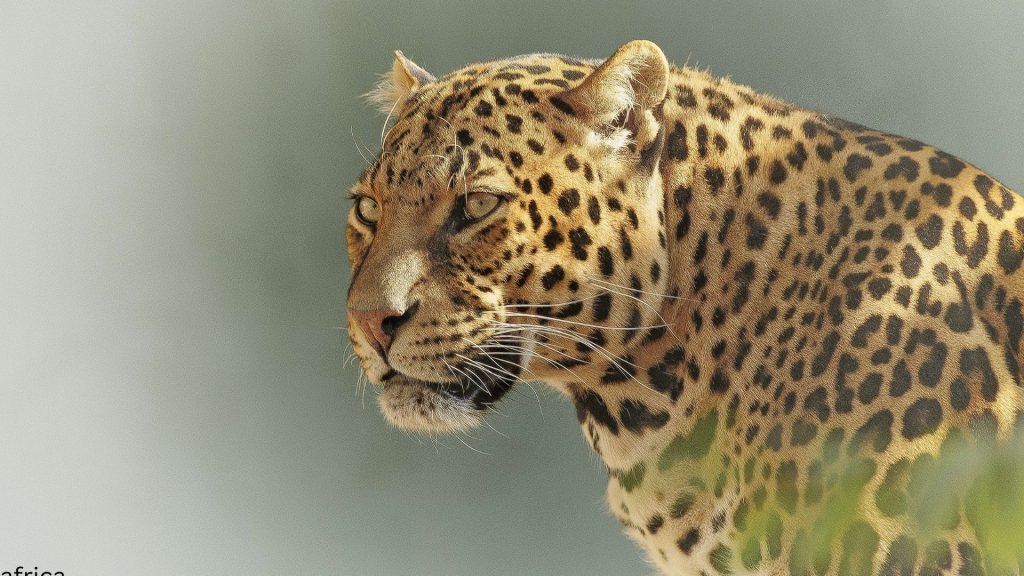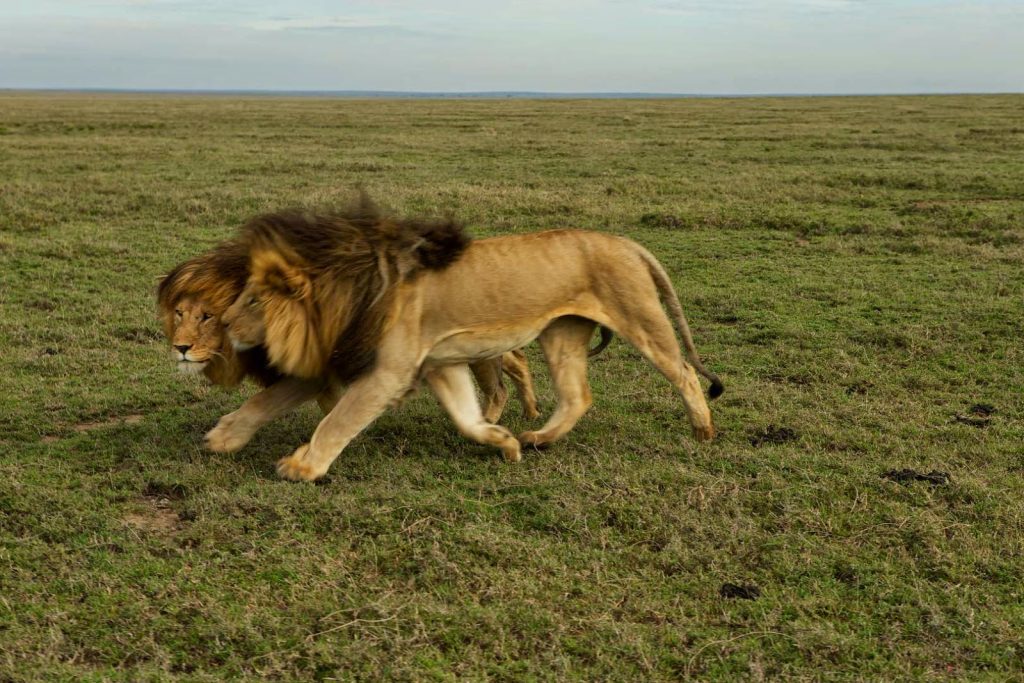Serengeti Lions
Out of all the Big Cats in Serengeti, the Lion is the one that arouses much awe and admiration. It is the largest of Africa’s big cats and is commonly reffered as the “King of the Jungle”. In Tanzania, you can spot these magnificent creatures while on a wildlife safari in Serengeti National Park See Serengeti Safari Packages or by visiting some of Tanzania’s National Parks and Reserves. It is estimated that there are close to 3,000 Lions in the Serengeti – Mara ecosystem.
Lions are the most sociable member of the larger cat family. They live in Prides of 15 to 20 members, with up to three males, several adult females (one dominant), and a number of sub-adults and cubs. Typically males may hold territory of between 20-400 square kms. within which are several prides of females. In Serengeti, females do most of the hunting, helped by males in taking down large animals. They favour wildebeest and zebra, but outside of the annual ‘migration’, they have often been seen taking on other prey, including buffalo and warthogs. Because of their high metabolism they sleep about 20 hours a day, and kills are sometimes made at night.
Home ranges and feeding
Lions in the Serengeti have relatively large home ranges, with prides often covering up to 100 square kilometres. However, these home ranges are dynamic, and Lions move around in search of water and prey. Water availability is a crucial factor in their movement, particularly during the dry season. Lions often follow the seasonal rains in search of water, with some prides moving up to 20 km daily.
Food availability is another critical factor influencing Lions’ movements and home range size. The Serengeti is home to abundant prey species, including Wildebeest, Zebra and Gazelle.
However, these prey species undergo seasonal shifts in their distribution and abundance, which can affect Lions’ diets. For example, during the Wildebeest migration, Lions feed almost exclusively on this prey species. In contrast, when the migration is away, they become more opportunistic and hunt a wide variety of species, depending on what is available in their environment – sometimes hunting quite unusual animals. Lions were observed preying on crocodiles in the Serengeti, attacking them in the water, dragging them onto the shore and killing them.



